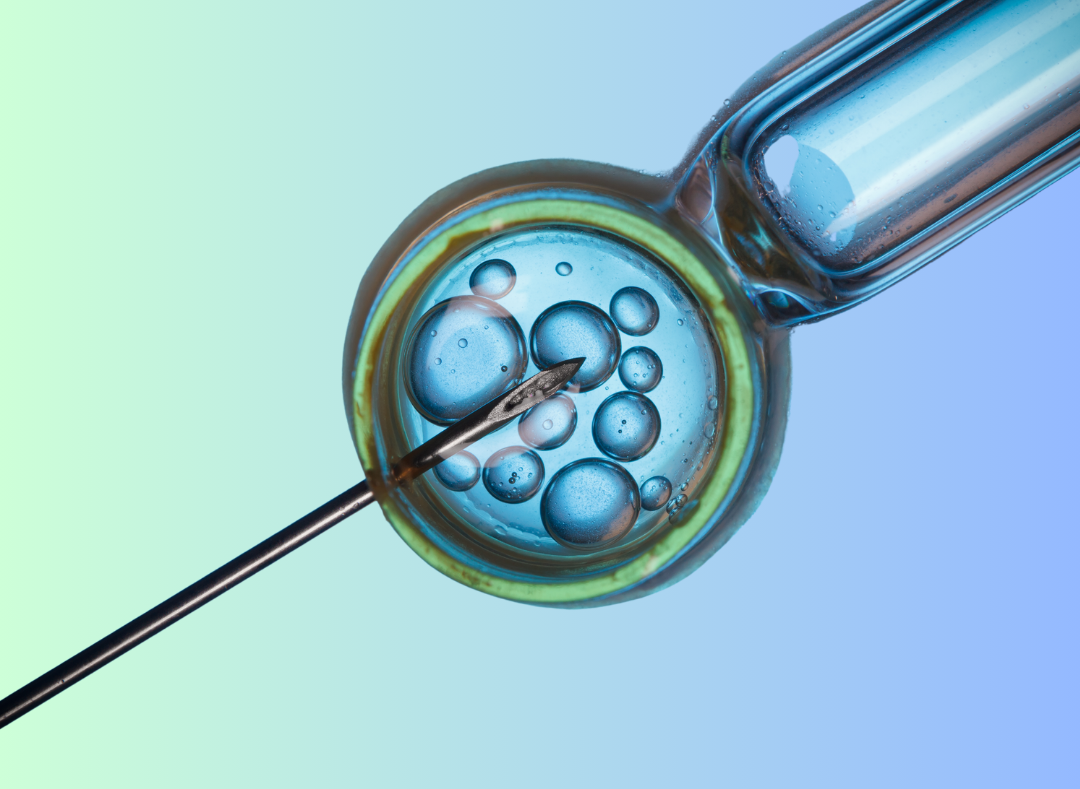Aggregated News

Amy Yin always envisioned having at least two daughters. She spent her 20s working as an engineer and founding a startup in San Francisco. When she wasn’t working, vacationing with friends, and spoiling her cats, Amy dedicated herself to helping other women take charge and launch high-powered careers. Now 32, she’s bringing that same energy to her family planning. She has frozen her eggs and, when she’s ready, will undergo IVF so that she can select the sex of her future children. “I think I’ll raise really powerful women who are going to be rock-star leaders,” Amy told me, without hesitation.
In vitro fertilization is invasive, grueling, and expensive. One round costs an average of $20,000. Only 15 states require that insurance plans offer any kind of coverage for it—and even then, the coverage is usually minimal. The treatment is often a last resort for those who are eager to be parents but who face one roadblock or another when it comes to conceiving; some couples are struggling with fertility issues, some couples are the same sex, and some...



